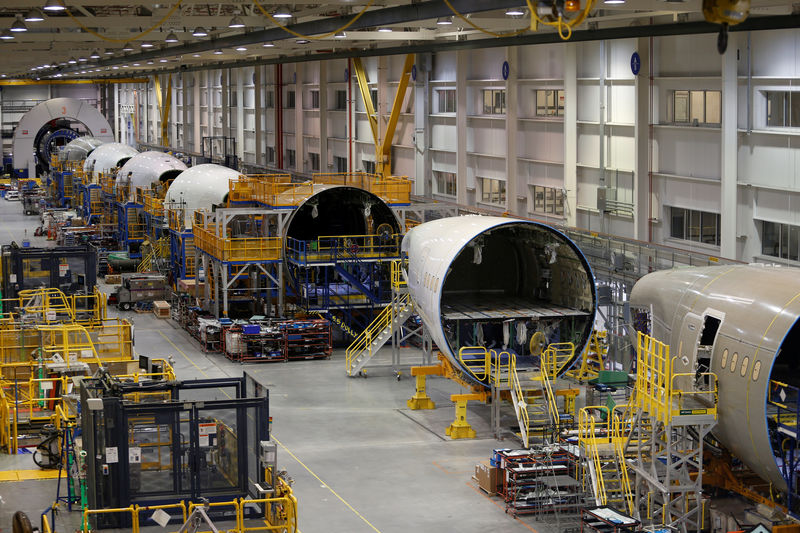By Joey Roulette
WASHINGTON (Reuters) – Boeing (NYSE:)’s Starliner spacecraft is set for a third attempt to fly astronauts to space for the first time on Wednesday, a much-delayed testing milestone in the aerospace giant’s ambitions to step up its competition with Elon Musk’s SpaceX.
The gumdrop-shaped CST-100 Starliner capsule, with two astronauts aboard, is due for liftoff at 10:52 a.m. ET (1452 GMT) from a launch pad at the Cape Canaveral Space Force Station in Florida, strapped to an Atlas (NYSE:) V rocket from Boeing-Lockheed Martin joint venture United Launch Alliance (ULA).
Boeing intends for Starliner to compete with SpaceX’s Crew Dragon capsule, which since 2020 has been NASA’s only vehicle for sending ISS crew members to orbit from U.S. soil. The capsule and its inaugural crew – NASA astronauts Barry “Butch” Wilmore and Sunita “Suni” Williams – will be bound for the International Space Station (ISS).
Last-minute issues have pushed back Starliner’s first two crewed launch attempts. A May 6 countdown was halted two hours before liftoff over three issues that required weeks of extra scrutiny. Another try last Saturday was halted less than four minutes before liftoff because of a glitch with a launchpad computer.
ULA engineers replaced a power supply unit for that computer and put Starliner back on track for launch. The local weather is forecast to be 90% favorable for liftoff, according to U.S. Space Force launch weather analysts.
The crew is due to spend about a week at the space station before returning to Earth. Starliner two years ago completed its first test voyage to ISS and back without astronauts aboard.
The mission is Boeing’s final test before NASA can certify Starliner for routine astronaut flights that would make it the second U.S. ride to orbit.
Boeing has faced years of Starliner development delays and more than $1.5 billion in cost overruns, as well as a series of crises involving the company’s 737 MAX jetliners in its centerpiece aviation business.
The longtime NASA contractor has built modules for the decades-old ISS and rockets designed to loft astronauts toward the moon. But Boeing never before built its own operational spacecraft, a feat complicated by years of software issues, technical glitches and management shakeups on the Starliner program.
Meanwhile, SpaceX’s Crew Dragon has become a dependable taxi to orbit for NASA. That capsule and Starliner are among the first in a new generation of privately built spacecraft – seeded with NASA funding – designed to fly astronauts to low-Earth orbit and the moon under the U.S. space agency’s Artemis program.
NASA has long sought two U.S. rides to the ISS in order to have a backup, in addition to the joint astronaut flights the agency conducts with Russia’s Soyuz rocket.
Wilmore, 61, is a retired U.S. Navy captain and fighter pilot. Williams, 58, is a former Navy helicopter test pilot with experience flying more than 30 different aircraft. They have spent a combined 500 days in space during two ISS missions each.
If the launch is postponed on Wednesday, Boeing could try again on Thursday. Any delay beyond Thursday could last weeks because of perishable items that would need to be replaced on Starliner and the rocket after sitting on the ground for a month. Other missions scheduled in Cape Canaveral and on the ISS could add to the delays.


